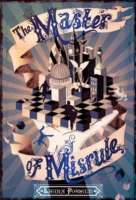
The Game of Triumphs lies in ruins, but Cat and her friends must enter the Arcanum once again to oust the Master of Misrule, a corrupt leader who threatens to unleash the power of the game into London and the world at large.
Materials from Europe

The Game of Triumphs lies in ruins, but Cat and her friends must enter the Arcanum once again to oust the Master of Misrule, a corrupt leader who threatens to unleash the power of the game into London and the world at large.
Verity Sparks is good at finding lost things, but will she be able to uncover the truth about her own past? Verity Sparks is a thirteen-year-old orphan working as a milliner in Victorian London. But Verity is no ordinary girl – she has an almost perfect memory and possesses the talent of Teleagtivism. She can easily find things that are lost! When Verity is wrongly accused of theft and dismissed from her job, she goes to live with the Plushes – a slightly Bohemian family who run a Confidential Inquiry Agency. Verity helps them solve cases and slowly becomes one of the family. But patches of the truth about her past begin to surface, along with the special talent that Professor Plush is helping her explore. Who were her real parents? Is she the seventh daughter of a seventh daughter? Who is sending poison pen letters about Verity to the Plushes? Who doesn’t want them to learn the truth about Verity Sparks?
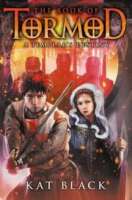
The Chosen, Tormod, aided by Aine and Bertrand, returns to France seeking other Gifted members of the Templar Order and striving to recover the relics he is bound to protect, while also hoping to find and rescue his brother, Torquil.
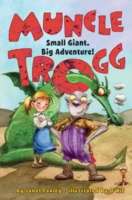
Bullied and despised for being human-sized, a young giant demonstrates his bravery and cleverness in a series of adventures.
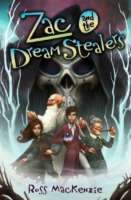
Eleven-year-old Zac follows his grandmother into the magical world of dreams called Nocturne, where Dream Pirates led by Shadow are spreading dark magic that creates nightmares, and it is up to Zac and new friends to foil the evil plan.

The heartwarming sequel to Michael Morpurgo’s bestselling War Horse! Farm Boy is the heartwarming sequel to War Horse, the beloved novel that has now been made into a play and a major motion picture. Albert’s son is all grown up, an old man now. But he has a shameful secret he’s kept to himself his whole life. As he comes to terms with the truth, he tells stories of the farm of his childhood–his war hero dad, skipping school to help with the harvest, and of course the wonderful horses, Joey and Zoey. The charming book speaks to the bond between generations, and captures the spirit of rural life and the love of horses.
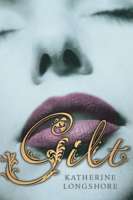
In 1539, Kitty Tylney and her best friend Cat Howard–the audacious, self-proclaimed “Queen of Misrule”–both servants to the Duchess of Norfolk, move to the court of King Henry VIII, who fancies Cat, and when Cat becomes queen, Kitty must learn to navigate the complexities and dangers of the royal court.
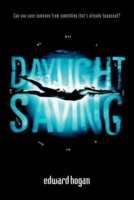
During a forced vacation with his father at Leisure World, Daniel befriends Lexi, a strange girl surrounded by dark secrets, with injuries that seem to get worse instead of better, a watch that runs backwards, and a dark figure stalking her–and Daniel.
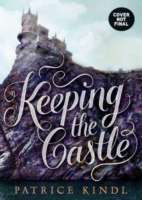
In order to support her family and maintain their ancient castle in Lesser Hoo, seventeen-year-old Althea bears the burden of finding a wealthy suitor who can remedy their financial problems.
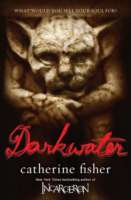
Sixteen-year-old Sarah sells her soul to reclaim her family’s estate and is given 100 years to atone for their sins, but as the bargain nears its end, modern-day Tom, yearning to attend the private school that Darkwater Hall has become, gets caught up in the bargain.